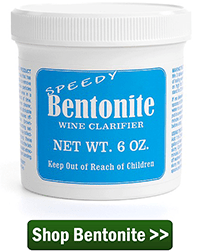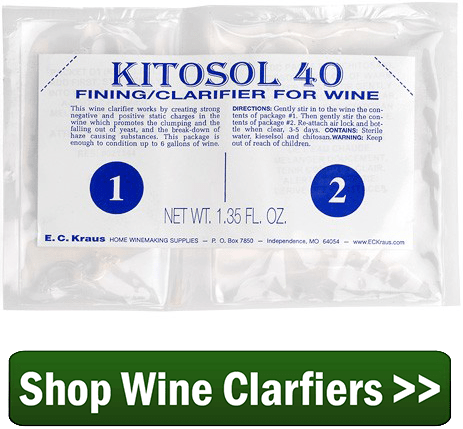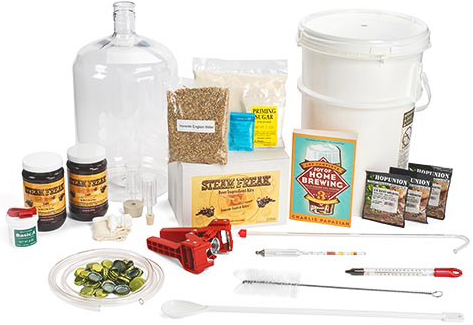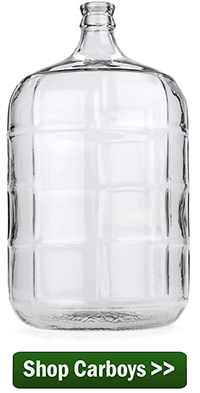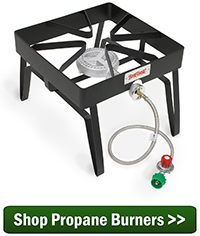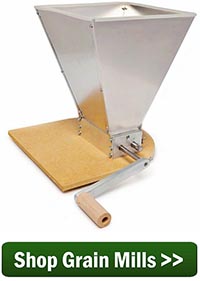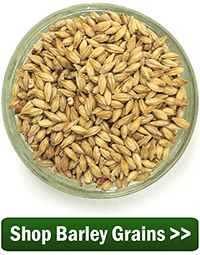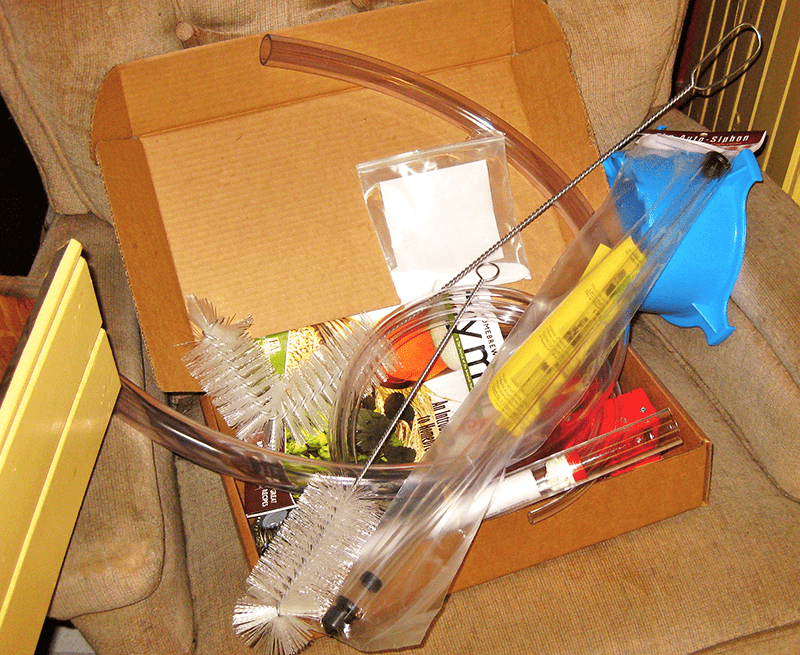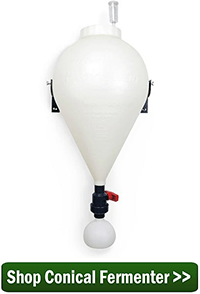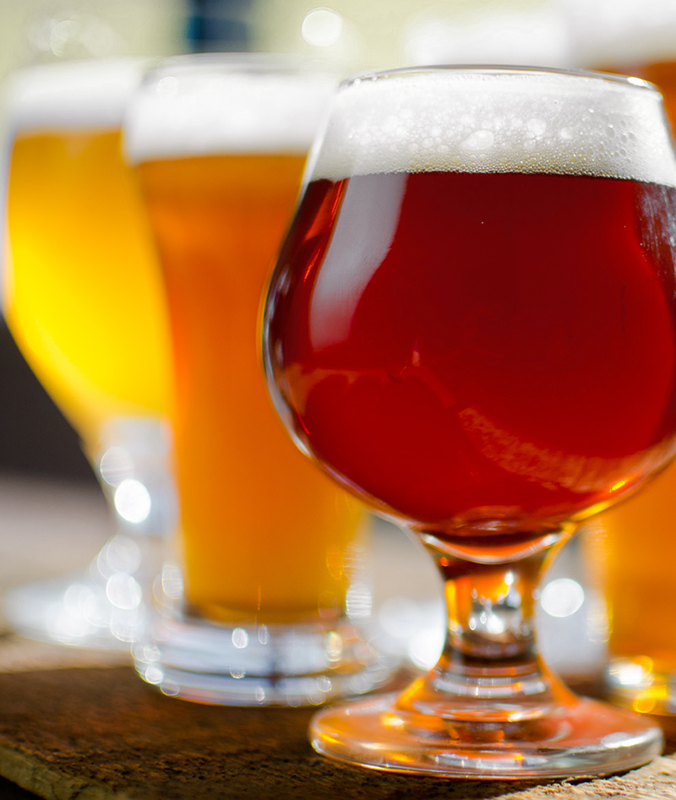 Though in some instances you might appreciate a dry beer, it’s nice to mix things up once in a while and have a sweeter beer on hand. Or, when trying to dial in a beer recipe, you may find yourself wanting to increase the sweetness of the beer in order to balance out the bitterness of the hops. But you can’t just add simple sugar to a beer to make it sweet – the yeast will just consume the sugar and turn it into alcohol. So what are some ways that homebrewers can make their beer sweeter?
Though in some instances you might appreciate a dry beer, it’s nice to mix things up once in a while and have a sweeter beer on hand. Or, when trying to dial in a beer recipe, you may find yourself wanting to increase the sweetness of the beer in order to balance out the bitterness of the hops. But you can’t just add simple sugar to a beer to make it sweet – the yeast will just consume the sugar and turn it into alcohol. So what are some ways that homebrewers can make their beer sweeter?
6 Tips for Making Your Beer Sweeter
- Mash at a higher temperature – For all-grain and partial mash homebrewers, it’s possible to control beer sweetness by adjusting the mash temperature. Generally, mashes at the lower range of the acceptable range (144-148˚F) allow the enzymes to break up more of the starches into fermentable sugars, making them easier for the yeast to consume, thereby resulting in a drier beer. Conversely, a mash at the higher end of the range (152-160˚F) does not break up as many of the starches, so those sugar chains are harder for the yeast to consume and they remain in the finished beer. Mashing high also increases body and head retention.
- Use more caramel malt – Caramel malts are excellent for making beer sweeter. Caramel 20L and 40L offer a malty/caramel/toffee character, whereas darker caramel malts bring in flavors of raisins and burnt sugar. Caramel malts should be used sparingly to avoid over-sweetening the beer. Usually 1-2 lbs. at the most is sufficient.
- Boil longer – A longer boil promotes the Maillard reaction, a chemical reaction often confused with caramelization. Though the Maillard reaction will primarily promote color formation and bready, toasty flavors, an especially intense boil can produce some sweeter caramel flavors.
- Add unfermentable sugar – Unfermentable sugars can also be used for making your beer sweeter. Lactose sugar is one of the most popular, and it’s a key ingredient in milk stout. Use up to a pound for a milky smooth stout, or in smaller amounts to lend your beer a little extra sweetness.
- Use calcium chloride
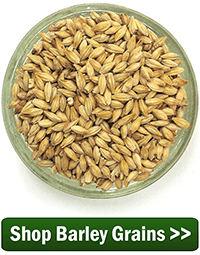 – For all-grain brewers working with soft water, increasing the amount of chloride in brewing water can enhance the maltiness of a beer. As an experiment, try mixing a solution of calcium chloride in water and using a dropper to dose small amounts into a finished beer. This will give you an indication of how it affect beer flavor and mouthfeel.
– For all-grain brewers working with soft water, increasing the amount of chloride in brewing water can enhance the maltiness of a beer. As an experiment, try mixing a solution of calcium chloride in water and using a dropper to dose small amounts into a finished beer. This will give you an indication of how it affect beer flavor and mouthfeel.
- Use a less attenuative yeast strain – In brewing, attenuation is the degree to which yeast convert sugar into alcohol and carbon dioxide. A highly attenuative yeast strain will consume a large proportion of available sugar, whereas a less attenuative strain will leave some sugars in the beer. Examples of less attenuative yeast strains include many of the English strains, for example Wyeast 1084: Irish Ale, Wyeast 1099: Whitbread Ale, Wyeast 1187: Ringwood Ale, and Wyeast 1968: London ESB. That said, remember that yeast selection is only one factor that affects attenuation. Yeast health, pitch rate, mash characteristics, and fermentation temperature all come into play.
Do you have any tips for making a beer sweeter? Have you tried any of the above methods?
—–
David Ackley is a writer, brewer, and craft beer marketing consultant. He holds a General Certificate in Brewing from the Institute of Brewing and Distilling and is founder of the Local Beer Blog.

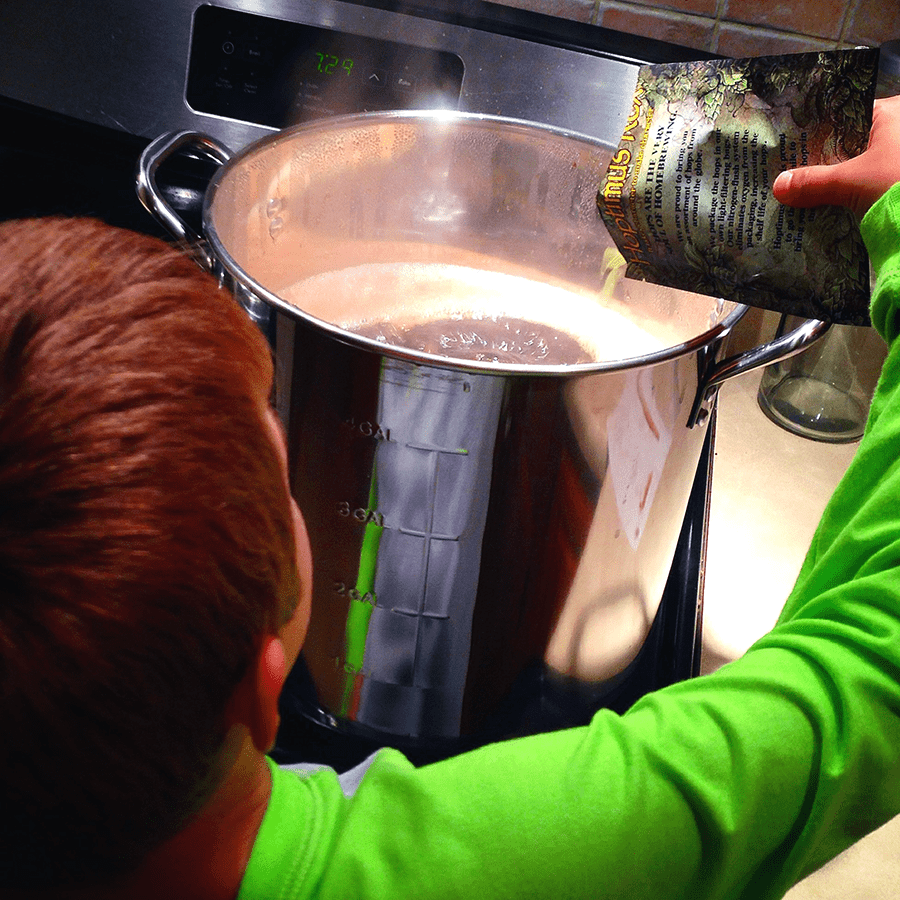 I’ll be the first to admit that I like to get technical here on the homebrew blog. I’m a bit of a perfectionist and I enjoy being able to control every aspect of the homebrew process. But homebrewing does not have to be a complicated science. Parts of it, in fact, are so easy a kid could do it!
I’ll be the first to admit that I like to get technical here on the homebrew blog. I’m a bit of a perfectionist and I enjoy being able to control every aspect of the homebrew process. But homebrewing does not have to be a complicated science. Parts of it, in fact, are so easy a kid could do it!
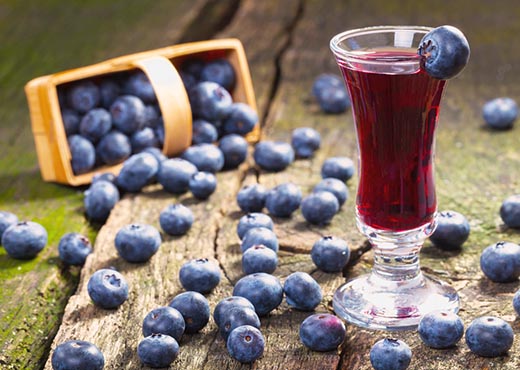 Can I add liqueur to my wines? I have added brandy to some, blackberry, peach. Will it change the taste?
Can I add liqueur to my wines? I have added brandy to some, blackberry, peach. Will it change the taste?
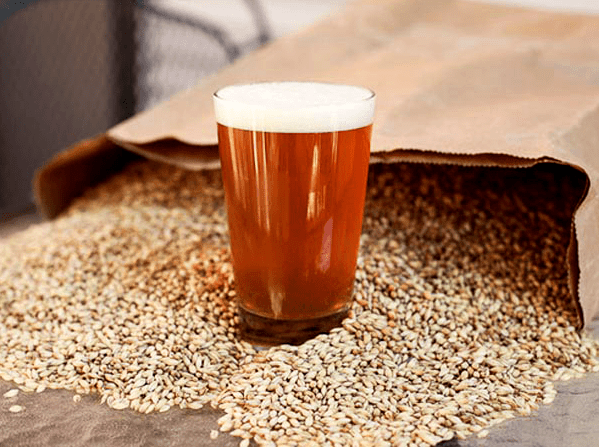
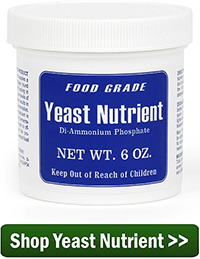
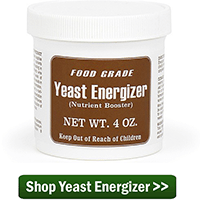
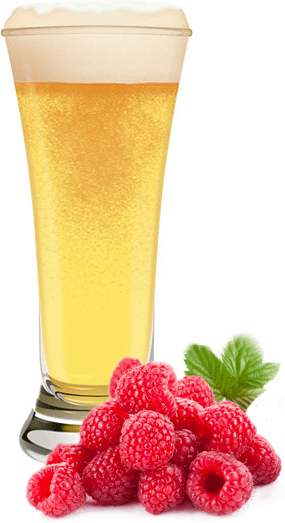

 Making your own
Making your own  I’ve been reading about bentonite fining in my wine and would like to know what is the downside of using this stuff? I understand what it does, but was thinking – if there is no downside then I should use it in every wine I make. What is your response to that, please!
I’ve been reading about bentonite fining in my wine and would like to know what is the downside of using this stuff? I understand what it does, but was thinking – if there is no downside then I should use it in every wine I make. What is your response to that, please!